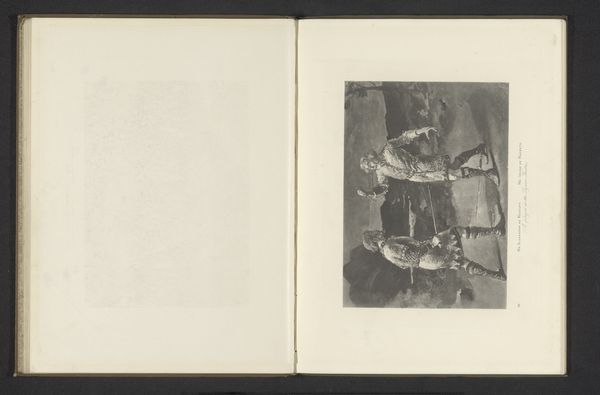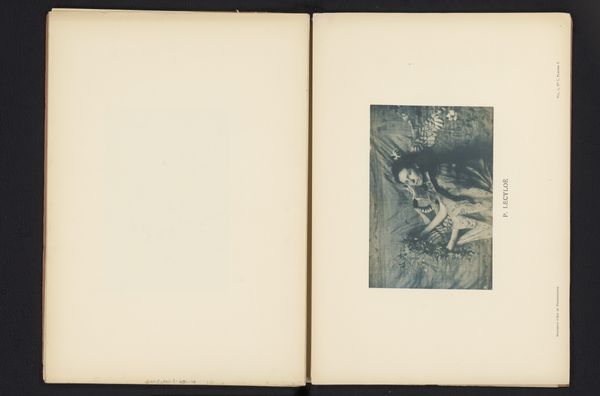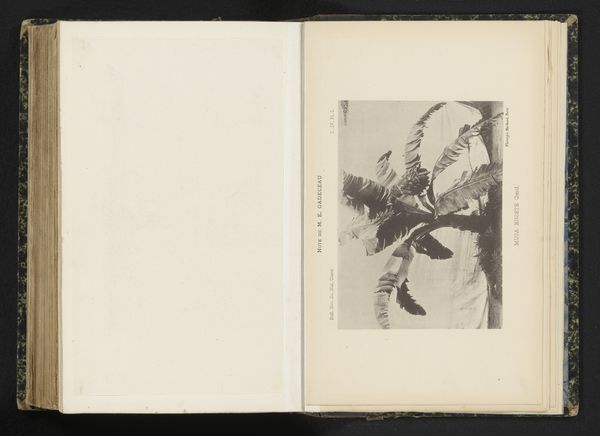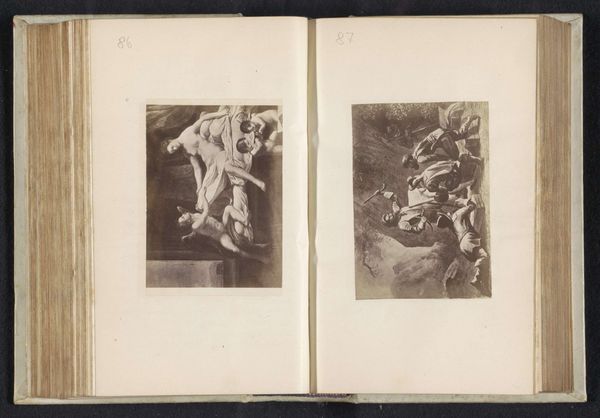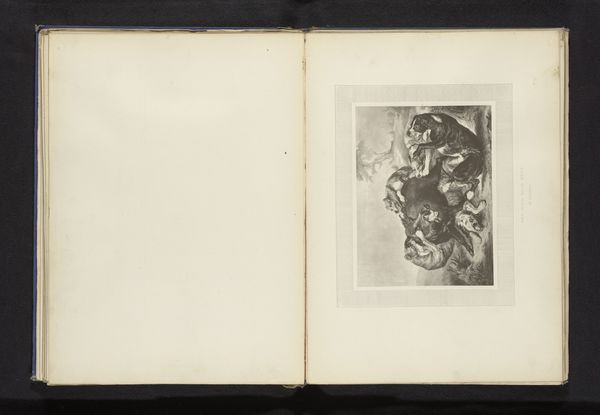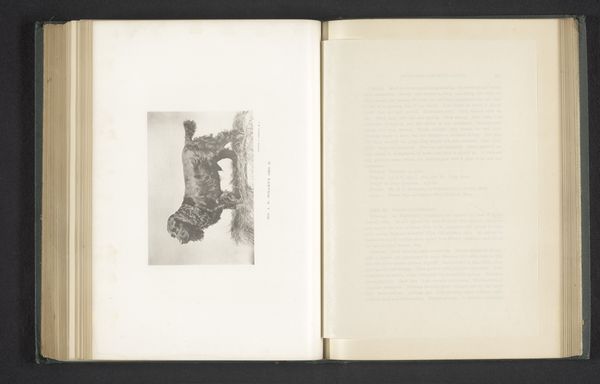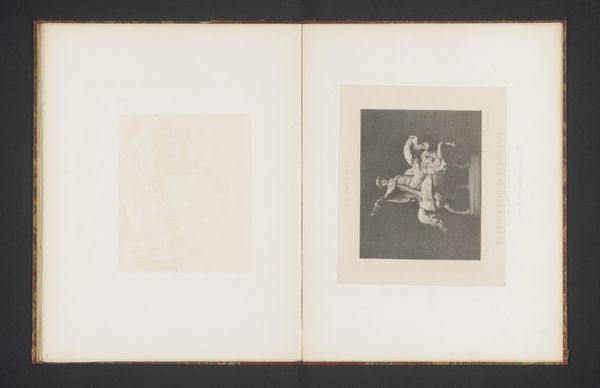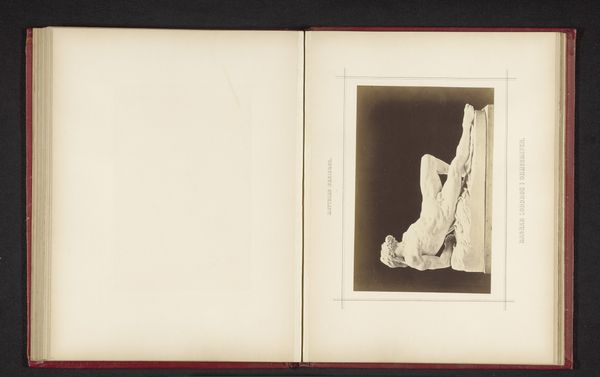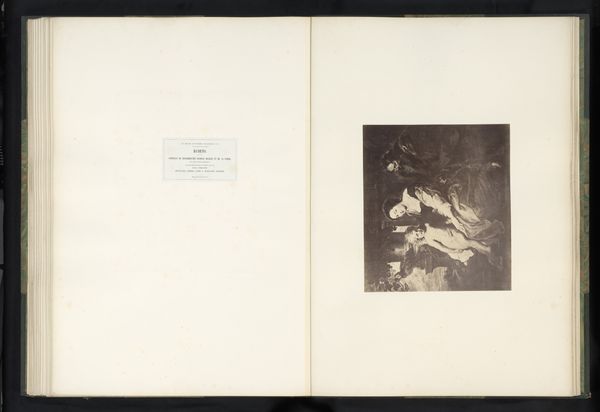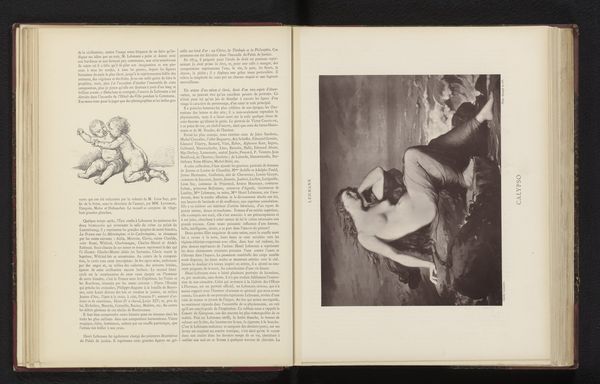
drawing, print, pencil
#
drawing
# print
#
coloured pencil
#
pencil
#
academic-art
#
realism
Dimensions: height 157 mm, width 100 mm
Copyright: Rijks Museum: Open Domain
Curator: This drawing, "Skeleton of a Pheasant and a Chicken with Extra Limbs," was created before 1886 by an anonymous artist and rendered in colored pencil and graphite on paper. What’s your initial response to it? Editor: Well, first off, it’s rather morbid, isn’t it? The juxtaposition of the pheasant skeleton above the distorted chick immediately calls to mind themes of death and abnormality, particularly around new life. Curator: The image really draws me to consider the artist's process here. We have this detailed, academic style that hints at scientific observation and then there's the implication of animal studies during that era. Think of the material reality - a careful dissection meticulously drawn by hand. What purpose might it have served? Editor: For me, that chick with the extra limbs feels deeply symbolic. Historically, deformities have been read as omens, portents of some greater societal ill. It provokes thought on what unsettling possibilities it presents. Curator: It could be read through the lens of 19th century scientific exploration where natural specimens were classified, consumed, collected. The drawing is itself a record—a trace of a transaction between the artist, the specimen, and scientific enquiry. Editor: And consider what these creatures represent symbolically—birds, messengers, flight…a fractured or deformed bird immediately evokes broken communication, stunted potential. Is the image making a commentary? Curator: Interesting idea, but without any documentary background from the artist or institute we’ll likely never know what the ‘maker’ was intending in such an age. Still, as an object, this meticulous drawing represents many levels of consumption – the scientific urge to comprehend, the artist’s handling of the pencil, the animal, rendered reduced on the paper. Editor: Precisely. The emotional weight is in the visual distortion and that summons many associations even if we'll never have the whole story. For me this continues to feel like a somber contemplation on life's fragility. Curator: Seeing it as such truly broadens the possibilities this odd specimen offers. Thank you for illuminating some additional facets of it today. Editor: It’s a pleasure. Every work leaves traces of history embedded in symbols – what else is there to do but try to discover their purpose?
Comments
No comments
Be the first to comment and join the conversation on the ultimate creative platform.
